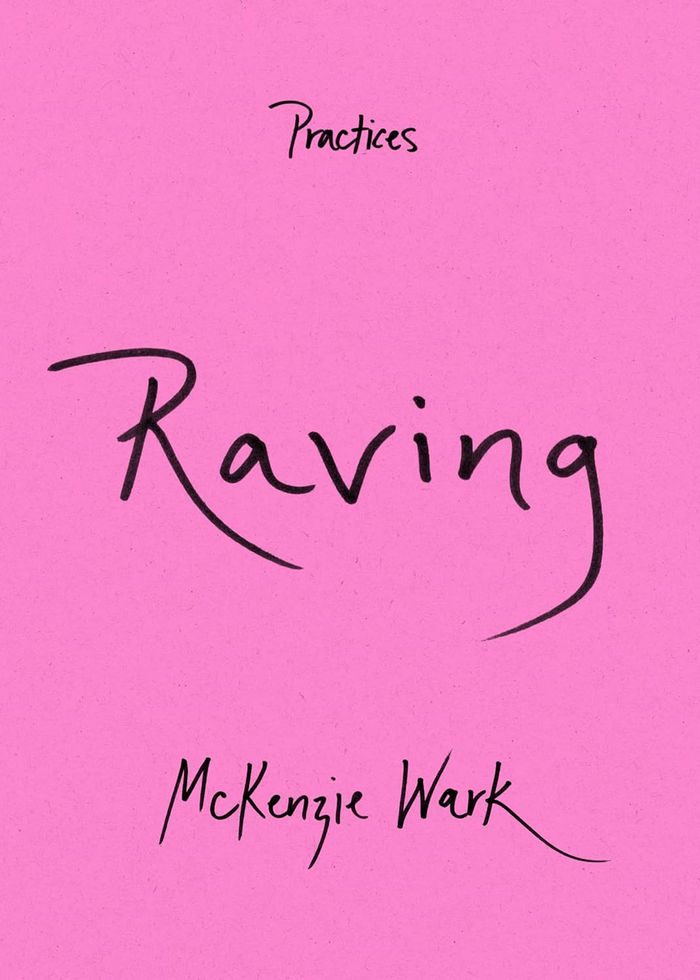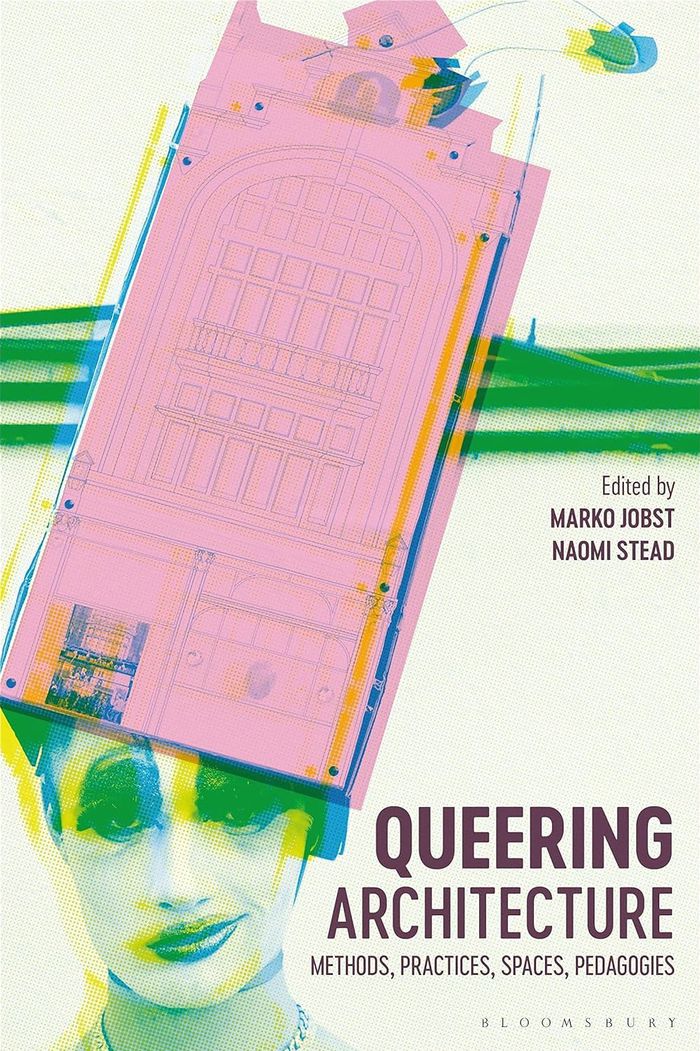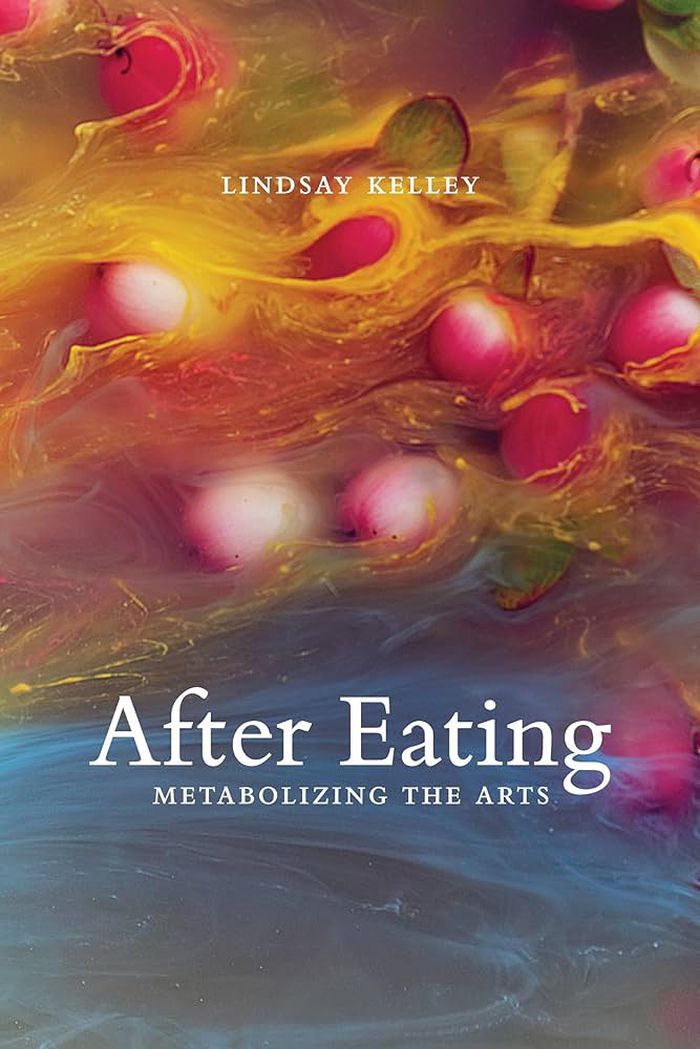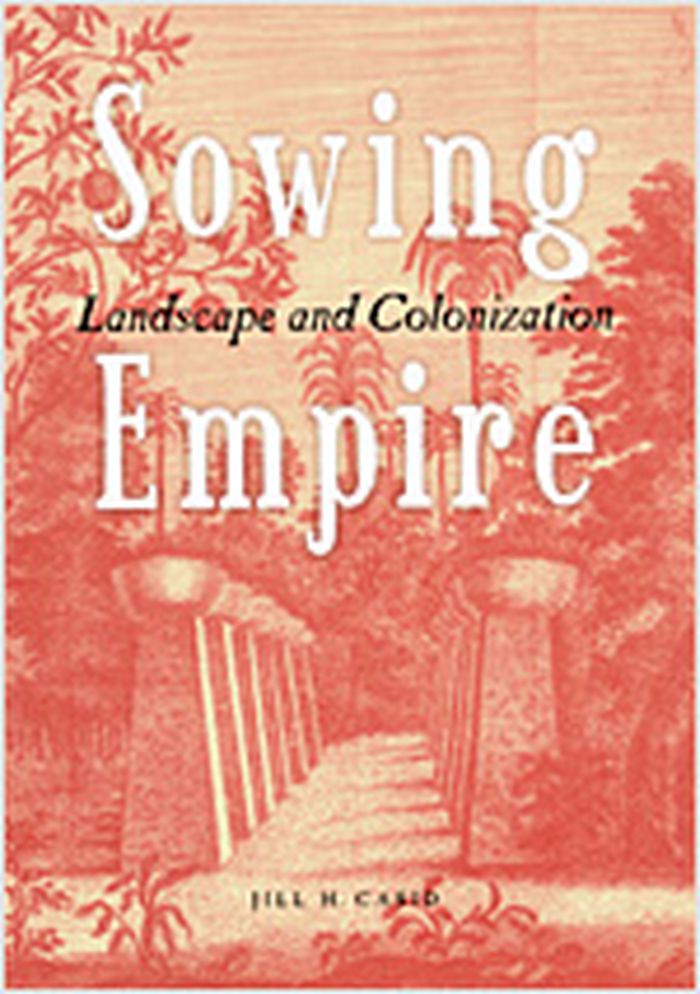books
Description:
222 pages, 12 unnumbered pages of plates : color illustrations ; 24 cm
Boston : Beacon Press, [2024], ©2024
Don't build, rebuild : the case for imaginative reuse in architecture / Aaron Betsky.
Actions:
Holdings:
Description:
222 pages, 12 unnumbered pages of plates : color illustrations ; 24 cm
books
Boston : Beacon Press, [2024], ©2024
books
Description:
160 pages : illustrations (some color) ; 24 cm
London : Pace Publishing, [2022], ©2022
Living with ghosts : a reader : writings on coloniality, decoloniality, hauntology, and contemporary art / edited by KJ Abudu.
Actions:
Holdings:
Description:
160 pages : illustrations (some color) ; 24 cm
books
London : Pace Publishing, [2022], ©2022
books
Description:
4 volumes : illustrations (some color) ; 23 cm
New Haven ; London : Yale University Press, [2023], ©2023
Louise Nevelson's sculpture : drag, color, join, face / Julia Bryan-Wilson.
Actions:
Holdings:
Description:
4 volumes : illustrations (some color) ; 23 cm
books
New Haven ; London : Yale University Press, [2023], ©2023
Raving (Practices series)
$20.95
(available in store)
Summary:
What is an art of life for what feels like the end of a world? In "Raving" McKenzie Wark takes readers into the undisclosed locations of New York's thriving underground queer and trans rave scene. Techno, first and always a Black music, invites fresh sonic and temporal possibilities for this era of diminishing futures. Raving to techno is an art and technique at which(...)
Raving (Practices series)
Actions:
Price:
$20.95
(available in store)
Summary:
What is an art of life for what feels like the end of a world? In "Raving" McKenzie Wark takes readers into the undisclosed locations of New York's thriving underground queer and trans rave scene. Techno, first and always a Black music, invites fresh sonic and temporal possibilities for this era of diminishing futures. Raving to techno is an art and technique at which queer and trans bodies might be particularly adept, but which is for anyone who lets the beat seduce them. Extending the rave's sensations, situations, fog, lasers, drugs, and pounding sound systems onto the page, Wark invokes a trans practice of raving as a timely aesthetic for dancing in the ruins of this collapsing capital.
Social
books
Description:
125 pages : illustrations (some color) ; 26 cm.
[Berlin] : Errant Bodies Press, ©2012.
Beyond utopia / edited by Sophie Warren and Jonathan Mosley.
Actions:
Holdings:
Description:
125 pages : illustrations (some color) ; 26 cm.
books
[Berlin] : Errant Bodies Press, ©2012.
Queering architecture
$51.50
(available in store)
Summary:
Featuring contributions from a range of significant voices in the field, this volume renews the conversation around what it means to speak of the "queer" in the context of architecture, and offers a fresh take on the methodological and epistemological challenges this poses to the discipline of architectural theory. Architecture as a discipline, a profession and an applied(...)
Queering architecture
Actions:
Price:
$51.50
(available in store)
Summary:
Featuring contributions from a range of significant voices in the field, this volume renews the conversation around what it means to speak of the "queer" in the context of architecture, and offers a fresh take on the methodological and epistemological challenges this poses to the discipline of architectural theory. Architecture as a discipline, a profession and an applied practice, is always subordinate to its own conceptual framework, which is one of orderliness. It refers to buildings, but also to infrastructures of thought and knowledge, to conventions and taxonomies, to structures of governance, hierarchies of power and systems of administration. How, then, can one look at queering architectural discourse when the very term "queer", celebrated for its elusive, slippery nature, resists and attacks such order? Divided into four subsections, the essays in this anthology each purse a distinct line of inquiry - methods, practices, spaces, and pedagogies - in order to help particularize the proposed queering of architecture. They demonstrate the paradoxical nature of the endeavour from a diverse range of perspectives – from the questions of mapping queer theory in architecture; to the issues of queer architectural archives, or lack thereof; to the non-Western linguistic challenges to the very term queer alongside decolonial approaches to architecture via indigeneity and landscape.
Gender Theory in Architecture
$55.00
(available to order)
Summary:
Bringing together fifteen scholars of art and culture, ''Unsettling Canadian art history'' addresses the visual and material culture of settler colonialism, enslavement, and racialized diasporas in the contested white settler state of Canada. This collection offers new avenues for scholarship on art, archives, and creative practice by rethinking histories of Canadian(...)
Unsettling Canadian Art History
Actions:
Price:
$55.00
(available to order)
Summary:
Bringing together fifteen scholars of art and culture, ''Unsettling Canadian art history'' addresses the visual and material culture of settler colonialism, enslavement, and racialized diasporas in the contested white settler state of Canada. This collection offers new avenues for scholarship on art, archives, and creative practice by rethinking histories of Canadian colonialisms from Black, Indigenous, racialized, feminist, queer, trans, and Two-Spirit perspectives. Writing across many positionalities, contributors offer chapters that disrupt colonial archives of art and culture, excavating and reconstructing radical Black, Indigenous, and racialized diasporic creation and experience. Exploring the racist frameworks that continue to erase histories of violence and resistance, this book imagines the expansive possibilities of a decolonial future. ''Unsettling Canadian art history'' affirms the importance of collaborative conversations and work in the effort to unsettle scholarship in Canadian art and culture.
$54.00
(available to order)
Summary:
Food appears everywhere in the arts. But what happens after viewers carry food away in the intestinal networks activated by social practice art, the same way digestion turns food into a body? Exploring the emerging field of metabolic arts, "After eating" claims digestion and metabolism as key cultural, creative, and political processes that demand attention. Taking an(...)
After eating: Metabolizing the arts
Actions:
Price:
$54.00
(available to order)
Summary:
Food appears everywhere in the arts. But what happens after viewers carry food away in the intestinal networks activated by social practice art, the same way digestion turns food into a body? Exploring the emerging field of metabolic arts, "After eating" claims digestion and metabolism as key cultural, creative, and political processes that demand attention. Taking an artist-centered approach to nutrition, Lindsay Kelley cultivates a neglected middle ground between the everyday and the scientific, using metabolism as a lens through which to read and write about art. Divided into two parts and full of playful chapter titles such as "Food Babies" and "Poop Circus," After Eating investigates multiple facets of the sociocultural implications of body image and body process in body art from the 1970s to the present. By engaging the notion of "after" as an artistic homage or tribute, metabolism moves beyond the cell to transform into a method for responding to the most difficult cultural, philosophical, and political challenges of the contemporary moment. Metabolic reading rethinks feminist, queer, bioart, installation, and performance projects, providing artists, students, and teachers with new pathways into art theory.
Food
$31.25
(available to order)
Summary:
"Sowing Empire" identifies the cultivation and landscaping of colonies as one of the primary ways imperial nations justified their empires. Planting and transplanting, seeding and reshaping - the landscaping practices that emerged in the eighteenth century - are inextricable from the contested terrain of empire within which they operated. From the plantations of the(...)
Sowing empire : landscape and colonization
Actions:
Price:
$31.25
(available to order)
Summary:
"Sowing Empire" identifies the cultivation and landscaping of colonies as one of the primary ways imperial nations justified their empires. Planting and transplanting, seeding and reshaping - the landscaping practices that emerged in the eighteenth century - are inextricable from the contested terrain of empire within which they operated. From the plantations of the “nabobs” to the island gardens of narrative fiction, from William Beckford’s estate at Fonthill to Marie Antoinette’s ornamented farm, "Sowing Empire" considers imperial relandscaping - its patriarchal organization, heterosexual reproduction, and slavery - and how it contributed to the construction of imperial power. At the same time, the book shows how these picturesque landscapes and sugar plantations contained within them the seeds of resistance - how, for instance, slave gardens and the Afro-Caribbean practice of Vodou threatened authority and created new possibilities for once again transforming the landscape. In an ambitious work of wide-ranging literary, visual, and historical allusion, Jill H. Casid examines how landscaping functioned in an imperial mode that defined and remade the “heartlands” of nations as well as the contact zones and colonial peripheries in the West and East Indies. Revealing the colonial landscape as far more than an agricultural system - as a means of regulating national, sexual, and gender identities - Casid also traces how the circulation of plants and hybridity influenced agriculture and landscaping on European soil and how colonial contacts materially shaped what we take as “European.” Utilizing a wide range of both visual and written sources - maps, literature, and travel writing - this book is interdisciplinary in its methodology and in its scope. Sowing Empire explores how postcolonial and queer studies can alter art history and visual studies and, in turn, what close attention to the visual may offer to both postcolonial theorizing and historically and materially based colonial cultural studies.
Landscape Theory




